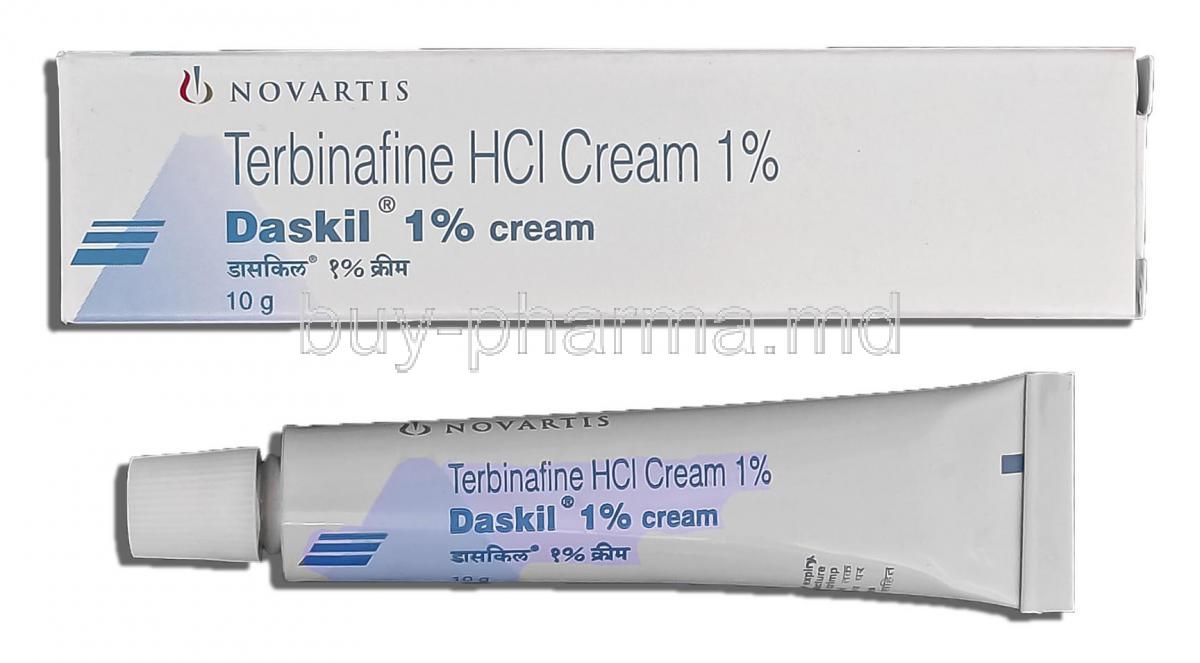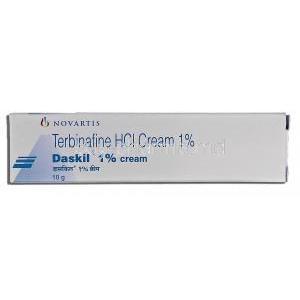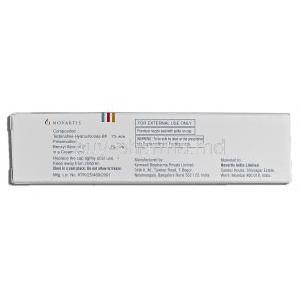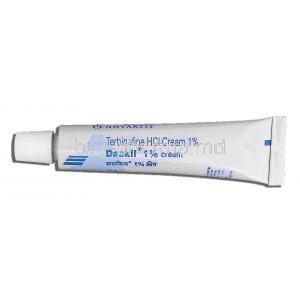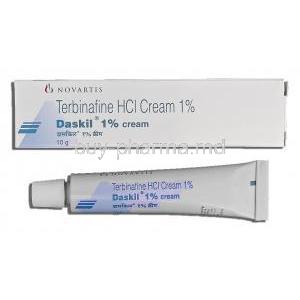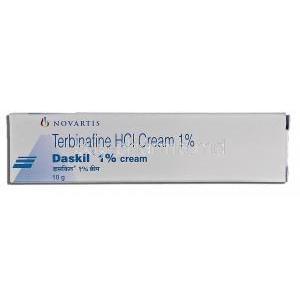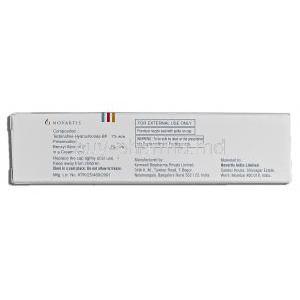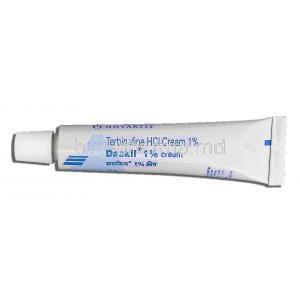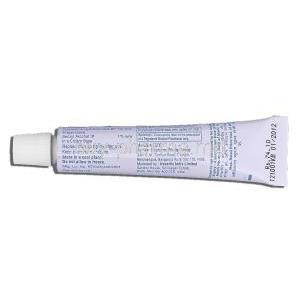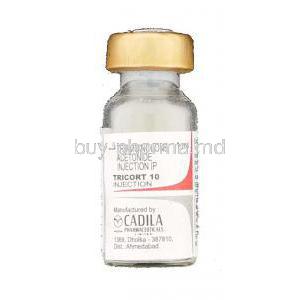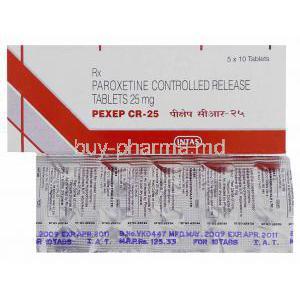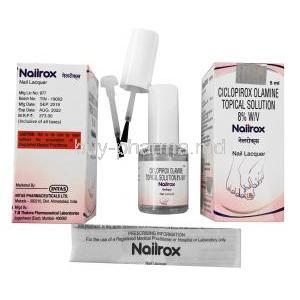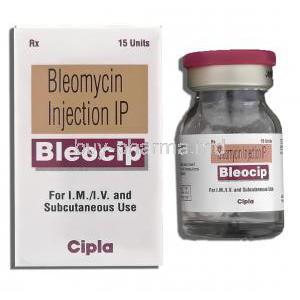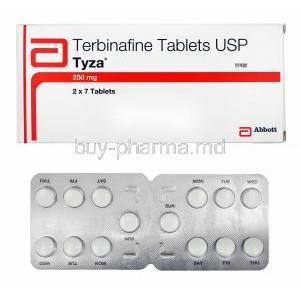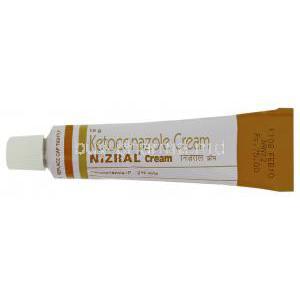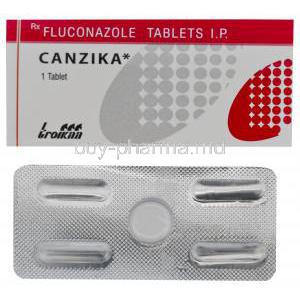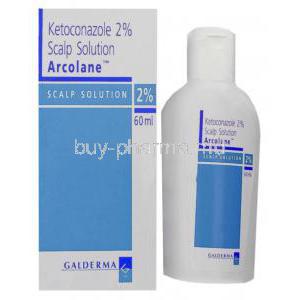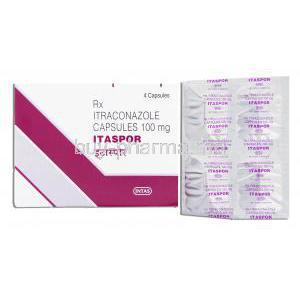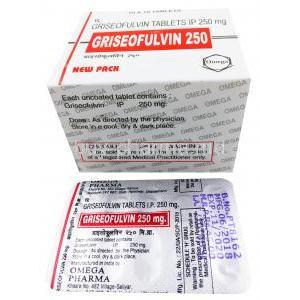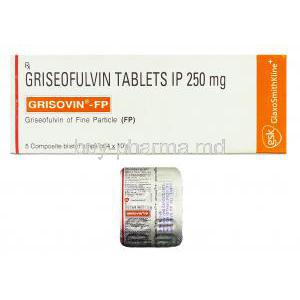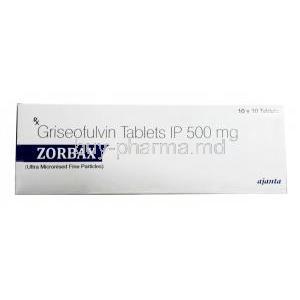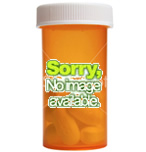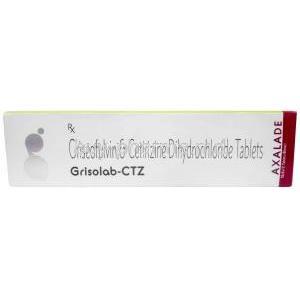Introduction
Overview of Daskil Cream as a Topical Antifungal Medication
Daskil Cream is a widely used topical antifungal formulation designed to combat superficial fungal infections of the skin. With its potent activity against dermatophytes, yeasts, and certain molds, it provides relief from itching, redness, and discomfort while actively eradicating the underlying cause.
Role of Terbinafine Hydrochloride in Modern Dermatology
Terbinafine Hydrochloride, the active substance in Daskil Cream, belongs to the allylamine class of antifungals. It has become a cornerstone in dermatological care due to its targeted mechanism of action and relatively low systemic absorption when applied topically. This allows for efficient treatment with minimal systemic risk.
Importance of Topical Therapy in Fungal Skin Infections
Topical therapy remains essential for localized fungal infections. It delivers the medication directly to the affected area, minimizes systemic exposure, and ensures faster symptomatic relief. For patients seeking effective and safe management, creams such as Daskil are indispensable.
Composition
Active Ingredient: Terbinafine Hydrochloride
The principal therapeutic agent is Terbinafine Hydrochloride, known for its broad-spectrum antifungal activity.
Concentration and Formulation Details
Daskil Cream typically contains 1% Terbinafine Hydrochloride. This concentration has been clinically validated to treat a variety of common fungal infections.
Inactive Ingredients and Their Functions
The formulation also includes stabilizers, emulsifiers, and moisturizers. These inactive components ensure uniform distribution of the drug, enhance skin absorption, and provide a soothing base that reduces irritation.
How Daskil Cream Works (Mechanism of Action)
Terbinafine as an Allylamine Antifungal
Belonging to the allylamine class, Terbinafine exhibits fungicidal activity against dermatophytes and fungistatic activity against certain yeasts.
Inhibition of Squalene Epoxidase Enzyme
The drug selectively inhibits the fungal enzyme squalene epoxidase. This blocks ergosterol synthesis, an essential component of fungal cell membranes.
Disruption of Fungal Cell Membrane
By depleting ergosterol and accumulating squalene, Daskil Cream destabilizes fungal cell membranes, leading to cell death and elimination of the infection.
Selectivity for Fungal Cells vs. Human Cells
Terbinafine acts specifically on fungal cells without interfering with human cholesterol biosynthesis, enhancing safety and tolerability.
Medical Uses
Treatment of Dermatophyte Infections
Daskil Cream is highly effective in eradicating dermatophyte infections that thrive on keratinized tissues such as skin, hair, and nails.
- Tinea pedis (athlete’s foot): Relief from scaling, itching, and fissuring between the toes.
- Tinea cruris (jock itch): Reduction of redness and irritation in groin areas.
- Tinea corporis (ringworm): Management of circular rashes on arms, legs, and torso.
- Tinea manus: Control of fungal infections affecting the hands.
- Cutaneous candidiasis: Relief of Candida-induced skin irritation.
- Pityriasis (tinea) versicolor: Correction of skin discoloration caused by yeast overgrowth.
Off-Label and Extended Uses
- Adjunct therapy for resistant fungal infections: Used alongside systemic antifungals for stubborn cases.
- Recurrent onychomycosis: Occasionally applied as supportive therapy, though oral treatment is primary.
- Mixed bacterial-fungal dermatoses: Helps restore skin balance when secondary infections occur.
- Veterinary dermatology: Emerging application in treating fungal conditions in pets.
Dosage and Administration
Recommended Dosage for Different Fungal Conditions
Apply a thin layer of Daskil Cream once or twice daily depending on the infection and physician’s guidance.
Frequency of Application and Duration of Therapy
Typical duration ranges from 1 to 2 weeks for tinea infections and up to 4 weeks for more persistent conditions.
Instructions for Proper Topical Application
- Clean and dry affected area before applying the cream.
- Cover the lesion and a small margin of surrounding skin.
- Wash hands thoroughly after application to prevent spread.
Factors Influencing Treatment Duration
Severity, anatomical site, and patient compliance all influence how long therapy is required.
Side Effects
Overview of Adverse Effects Profile
Daskil Cream is generally well tolerated, with side effects typically localized and mild.
Localized Skin Reactions
Patients may occasionally experience burning, itching, or redness at the application site.
Rare Systemic Absorption-Related Effects
Since systemic absorption is minimal, serious systemic reactions are exceedingly rare.
Common Side Effects
- Mild skin irritation
- Dryness or peeling of skin
- Temporary itching or stinging sensation
Serious or Rare Side Effects
- Allergic contact dermatitis with rash or swelling
- Secondary bacterial infection due to barrier damage
Warnings and Contraindications
- Do not use in individuals with hypersensitivity to Terbinafine or excipients.
- Avoid in patients with chronic skin allergies prone to recurrence.
- Exercise caution in those with compromised skin barriers such as eczema.
Important Precautions
- Avoid contact with mucous membranes, eyes, and open wounds.
- Maintain hygiene to prevent reinfection and spreading.
- Complete the full prescribed course even if symptoms resolve early.
- Do not cover with occlusive dressings unless directed by a physician.
Careful Administration Guidelines
Monitoring in Patients with Extensive Fungal Infections
In individuals with widespread fungal involvement, diligent monitoring is advised. Although topical terbinafine has limited systemic absorption, large surface area applications may warrant periodic review by a healthcare professional. Tracking symptom regression, skin healing, and any emergence of irritation ensures safe and effective therapy.
Considerations for Immunocompromised Individuals
Patients with compromised immune defenses may not respond as rapidly as immunocompetent individuals. Fungal infections in these cases may persist longer, relapse frequently, or require adjunctive systemic therapy. Vigilant follow-up and tailored treatment duration are often necessary.
Special Instructions for Long-Term or Repeated Use
Although typically prescribed for short courses, some recurrent or resistant conditions may need repeated therapy. In such cases:
- Reassess the diagnosis to confirm fungal etiology.
- Evaluate for potential resistance or reinfection sources.
- Implement preventive hygiene strategies to reduce recurrence.
Administration in Special Populations
Elderly Patients
Tolerability and Safety in Older Adults
Older adults generally tolerate topical terbinafine well. Minimal systemic absorption reduces the risk of systemic side effects, making it a suitable option for elderly patients.
Considerations for Thin or Fragile Skin
Aging skin is often thin, dry, and more vulnerable to irritation. Application should be gentle, and excessive rubbing should be avoided to prevent microtrauma.
Pregnant Women and Nursing Mothers
Safety Data and Clinical Recommendations
Topical terbinafine is considered relatively safe in pregnancy due to negligible systemic absorption. However, its use should only follow a medical recommendation when the anticipated benefit outweighs potential risks.
Placental Transfer and Risk Evaluation
Systemic transfer is unlikely when applied topically. Despite this, prudence dictates minimizing prolonged or unnecessary exposure during pregnancy.
Breastfeeding Precautions
Nursing mothers may use the cream under guidance. Direct application on the breasts should be strictly avoided to prevent infant exposure during feeding.
Children
Safety and Efficacy in Pediatric Populations
Daskil Cream demonstrates efficacy in older children for common dermatophyte infections. Clinical use is generally safe when applied as directed.
Age-Specific Dosing Considerations
Children require the same concentration as adults, but the area of application and treatment duration must be proportionate to body size and infection severity.
Avoidance in Infants Without Medical Advice
In infants, skin permeability is higher, increasing the risk of absorption. Therefore, use in this population should only occur under direct medical supervision.
Drug Interactions
Minimal Systemic Absorption and Interaction Risk
The risk of systemic drug interactions is extremely low due to negligible absorption through the skin.
Potential Interactions with Other Topical Medications
Concurrent use with other creams, gels, or ointments may dilute efficacy or increase irritation. A time gap of at least 30 minutes between applications is advisable.
Caution with Corticosteroid Co-Application
Topical corticosteroids may mask fungal symptoms or alter the local immune response, potentially complicating therapy. Combined use should only occur if directed by a physician.
Overdosage
Symptoms of Accidental Oral Ingestion
If ingested accidentally, symptoms may include headache, nausea, abdominal discomfort, and dizziness. Severe effects are rare but possible if large quantities are consumed.
Management and Supportive Treatment
Treatment is supportive and symptomatic. Gastric lavage is rarely needed, but hydration and monitoring may be considered in significant ingestion cases.
Guidance for Healthcare Providers
Healthcare professionals should evaluate the amount ingested, patient’s age, and comorbid conditions before deciding on observation or intervention.
Storage and Handling Precautions
Recommended Storage Conditions
Daskil Cream should be stored at controlled room temperature, typically below 25°C, and protected from excessive moisture and direct sunlight.
Shelf Life and Stability
The product maintains stability for its entire shelf life when stored properly. Always check the expiration date before use.
Safe Handling Instructions to Avoid Contamination
Close the cap tightly after each application. Avoid direct contact between the tube opening and infected skin to prevent contamination.
Disposal Guidelines for Expired or Unused Cream
Do not flush unused cream into wastewater systems. Expired or unused medication should be discarded according to local pharmaceutical disposal regulations or returned to a pharmacy take-back program.

